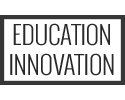06 Apr Let’s Learn About Learning
Self-awareness of how people learn as individuals and in teams becomes the springboard for change and innovative growth. To make learning meaningful, understandable, and motivating requires continued exploration in some basic learning principles: engagement, connection, interaction, attention, memory, intervention, and reflection.Our ability to continuously learn and adapt determines the extent to which we thrive in today’s organizations, in our personal lives, and in these disruptive times. By examining strategies for learning at the pace of change, based on learning analytics data of LyndaCampus users, as well as exploring the recent research, data, and practices in neuroscience and the cognitive sciences, we are able to see behaviors and actions that make learning easier and better.
The marriage of studies in the areas of learning, neuroscience, and cognitive science is moving what educators knew anecdotally to a data-driven understanding of how people learn—and how people can learn better. In an age of access to all knowledge, exploring learning principles or what I term learning strategies is the great gift educators can give students and colleagues.

What are those key strategies?
- Learning by Practice
- Learning in Chunks
- Cross-training when Learning
- Frameworks for Learning
- Learning Takes Effort
- Making Learning that Sticks
- Learning that Motivates
- Engaging the Learner
- Learning from Peers
Realizing how any one individual learns is a multi-pronged approach. It starts by exploring valuable learning techniques used by experts across many disciplines. The next step is to understand how the brain’s learning modes work both in diffuse and focused states. And the final step—as trainers, as teachers, and as learners—is to take the time to discover practical tactics and mental tools to jumpstart and improve learning.
When learning is meaningful, understandable, and motivating, the result is a deeper engagement and a sense of delight and joy in the learning process. During my session at the ATD 2017 International Conference & Expo, we will explore each of these nine learning strategies—the concept (the big idea or theory), the data (that drives and supports the research), and most importantly the application (real-world case and uses).
What makes understanding these strategies significant is the ability to integrate them into learning, just as one might integrate exercises or any other type of practice. Understanding “how learners learn” enables me to make connections with a learner’s prior knowledge and to correlate the learner’s experiences with the relevant problems. It also allows time for engagement in reflection, creation, and active testing during the learning. Most importantly, it creates opportunities for social interaction and exchange in learning groups for sharing. After all, we learn in tribes—both together and alone.
I often say, “Learning is complicated. If it weren’t, there’d be an app for it.” So for the moment, learning how to learn is one of the most valuable endeavors we can give to this generation of continuous learners.
For a deeper dive into this topic, check out: Learning About Learning: What We Know About How We Learn.
Original Post, by Laurie Burruss, ATD > Blogs at ATD > Science of Learning






No Comments